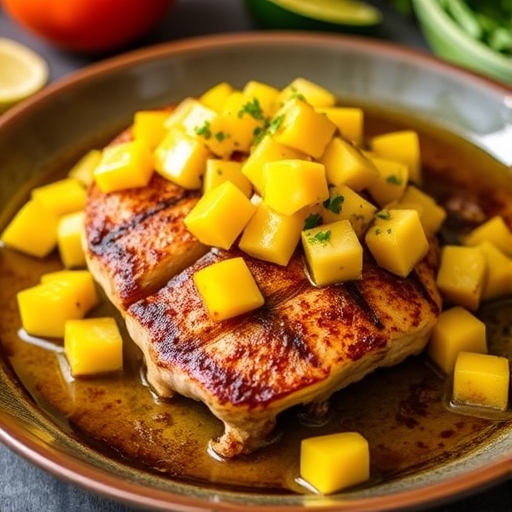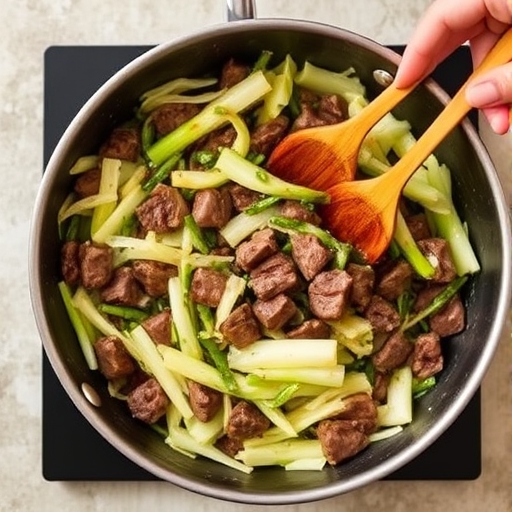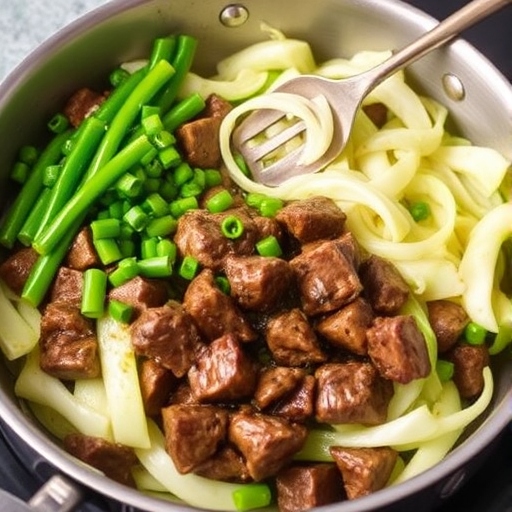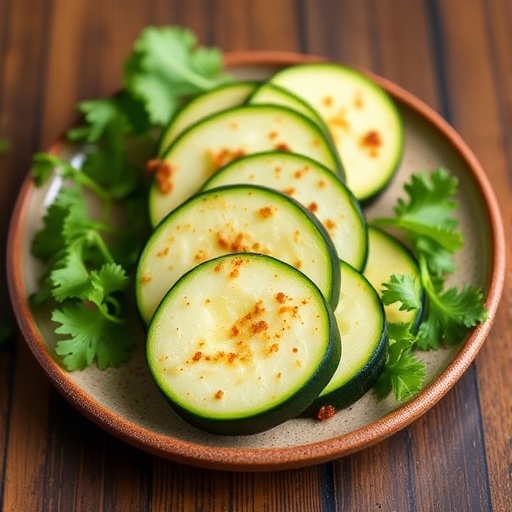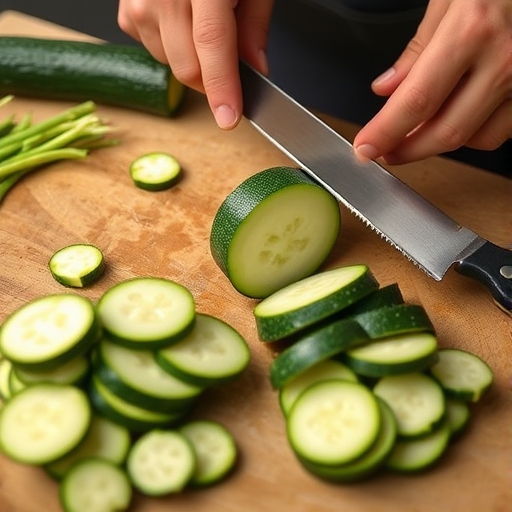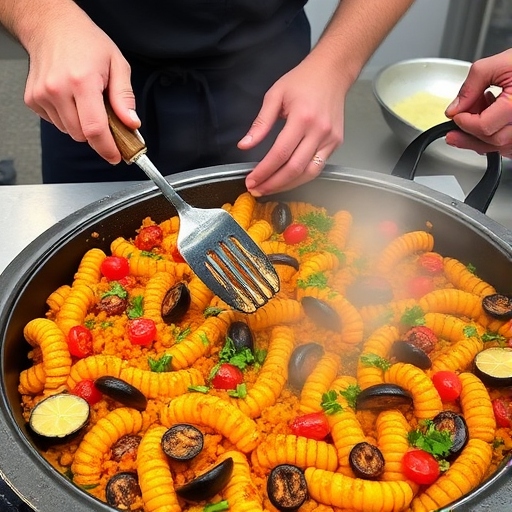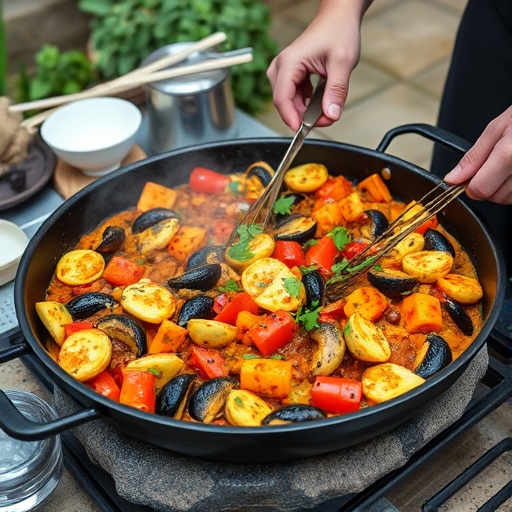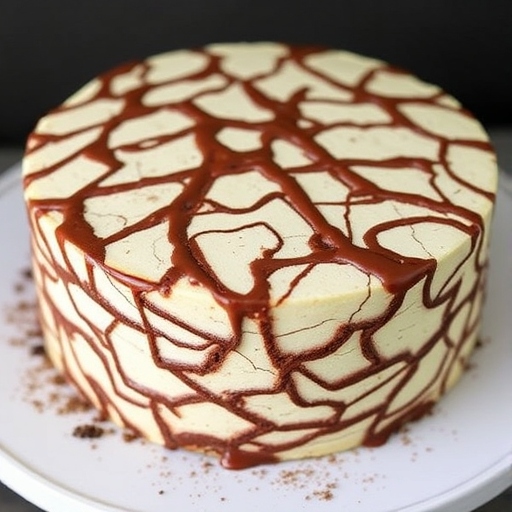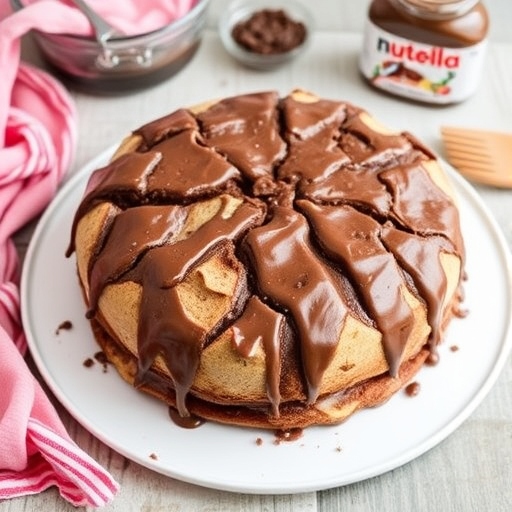Introduction
Chicken Tikka Masala is one of the most beloved dishes in Indian cuisine, celebrated for its vibrant spices and creamy texture. The sauce is rich, flavorful, and aromatic, making it the perfect accompaniment for grilled chicken. This recipe is inspired by the popular Curry Stand’s Chicken Tikka Masala Sauce, known for its balance of spices and smooth, comforting base. It’s ideal for those who want to recreate this iconic dish at home, offering an explosion of flavor in every bite.
The Story Behind Curry Stand Chicken Tikka Masala
While the origins of Chicken Tikka Masala are often debated, many believe the dish was created in the United Kingdom by Indian chefs to cater to British tastes. It became so popular that it’s considered one of the UK’s national dishes. Curry Stand, a renowned restaurant chain, brought its own take on the sauce, known for its perfectly spiced blend and creamy texture. Recreating this sauce allows home cooks to enjoy a taste of the curry stand experience at home.
The Benefits of Making Your Own Chicken Tikka Masala Sauce
- Control Over Ingredients: You can adjust the level of heat, sweetness, and creaminess to your preference.
- Freshness: Homemade sauce allows you to enjoy a more aromatic and flavorful experience compared to store-bought versions.
- Customization: Tailor the sauce to suit dietary restrictions by adjusting the cream, spices, or adding vegetables for extra nutrition.
- Cost-Effective: Homemade sauce allows you to make enough for multiple meals, saving money in the long run.
Essential Ingredients for the Perfect Chicken Tikka Masala Sauce
Ingredients
- Chicken Breast or Thighs: 2 lbs, boneless, skinless, cut into bite-sized pieces
- Vegetable Oil: 2 tbsp
- Onion: 1 large, finely chopped
- Garlic: 4 cloves, minced
- Ginger: 1 tbsp, grated
- Tomato Puree: 1 can (14 oz)
- Heavy Cream: 1 cup
- Greek Yogurt: ½ cup
- Cilantro: 1 tbsp, chopped (for garnish)
- Lemon Juice: 1 tbsp
- Spices:
- Garam Masala: 2 tbsp
- Ground Turmeric: 1 tsp
- Ground Cumin: 1 tsp
- Ground Coriander: 1 tsp
- Ground Paprika: 1 tsp
- Ground Cinnamon: ½ tsp
- Ground Cardamom: ½ tsp
- Red Chili Powder (optional): ½ tsp for added heat
- Salt: to taste
- Water or Chicken Broth: 1 cup
Cultural History of Ingredients
- Garam Masala: A key ingredient in Indian cooking, this spice blend includes cinnamon, cardamom, and cloves, providing warmth and depth to dishes.
- Yogurt: Often used in Indian cooking for its creaminess and ability to tenderize meat.
- Tomatoes: A staple in many curry recipes, adding a tangy base that balances the richness of the sauce.
Equipment You’ll Need
- Large saucepan or Dutch oven
- Stirring spoon
- Knife and chopping board
- Measuring cups and spoons
- Blender or immersion blender (optional)
Step-by-Step Instructions for Chicken Tikka Masala Sauce
- Cook the Chicken:
- In a large skillet, heat 1 tbsp of vegetable oil over medium heat. Add the chicken pieces and cook until browned and cooked through, about 6-7 minutes. Set aside.
- Prepare the Sauce:
- In the same pan, add another tbsp of oil.
- Add chopped onions and sauté for 4-5 minutes, or until softened and golden.
- Add minced garlic and grated ginger, cooking for another 1-2 minutes until fragrant.
- Add Spices:
- Stir in the garam masala, turmeric, cumin, coriander, paprika, cinnamon, cardamom, and red chili powder. Cook for 1-2 minutes to bloom the spices and enhance their aroma.
- Simmer the Tomato Puree:
- Add the tomato puree to the pan and mix well. Allow it to simmer on low heat for 10 minutes, stirring occasionally. This will help to cook out the raw tomato flavor.
- Add Cream and Yogurt:
- Stir in the heavy cream and Greek yogurt, mixing thoroughly until the sauce is smooth and creamy.
- Add salt to taste and adjust the heat level with more chili powder if desired.
- Blend the Sauce (Optional):
- For a smoother sauce, use a blender or immersion blender to puree the mixture until it reaches a silky consistency.
- Combine with Chicken:
- Return the cooked chicken to the sauce and stir to coat the pieces. Simmer for another 10-15 minutes, allowing the chicken to absorb the flavors of the sauce.
- Finish with Lemon and Cilantro:
- Stir in the lemon juice to brighten the sauce and sprinkle with chopped cilantro for a fresh garnish.
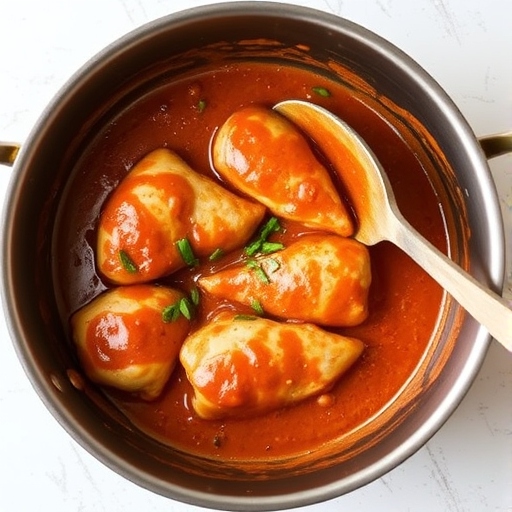
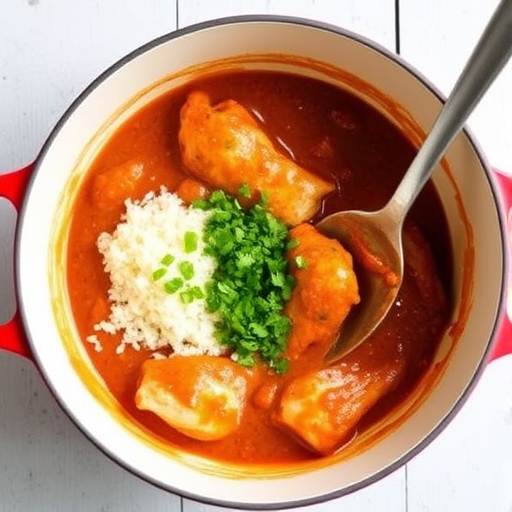
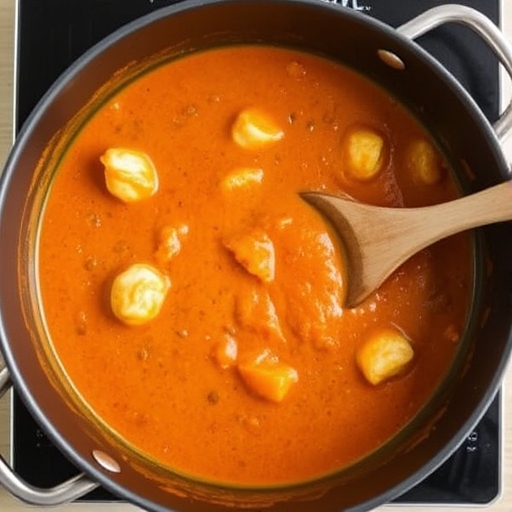
Suggestions for Serving and Storing
- Serve With: Warm naan bread, basmati rice, or steamed vegetables.
- Store: Refrigerate leftovers in an airtight container for up to 4 days. This dish can also be frozen for up to 3 months. Reheat on the stovetop, adding water or broth if needed to loosen the sauce.
Chef Simon’s Tips for Chicken Tikka Masala Sauce
- Balance the Spices: Adjust the spice levels to your preference, adding more chili powder for heat or more yogurt for creaminess.
- Use Bone-In Chicken: For more flavor, consider using bone-in chicken thighs, though boneless chicken is quicker to cook.
- Simmer Slowly: Allow the sauce to simmer gently to develop the deep flavors—don’t rush this process.
Emotional and Psychological Impact of Food
Indian curries like Chicken Tikka Masala evoke feelings of warmth, comfort, and satisfaction. The rich, creamy sauce can provide a sense of indulgence while also being nourishing, offering both emotional and physical comfort after a long day. Sharing this dish with family and friends can enhance the social and emotional experience of a meal.
Mindful Cooking Techniques
- Take time to appreciate the transformation of simple ingredients into a rich and complex sauce.
- Smell the spices as they bloom, and listen to the sizzle of the pan—cooking is an opportunity for mindfulness.
Tips for Keeping the Recipe Fresh Longer
- Store Separately: Store the chicken and sauce separately if you plan on freezing. This helps preserve the texture of the chicken.
- Reheat Gently: Reheat over low heat, adding a little extra cream or broth to maintain the sauce’s creamy consistency.
Advanced Culinary Terms and Techniques
- Blooming Spices: Cooking spices in oil or fat allows their essential oils to release, intensifying their flavor.
- Deglaze: After cooking the chicken, deglaze the pan with a bit of water or chicken broth to loosen the flavorful browned bits before adding the tomato puree.
Healthy Ingredient Alternatives
- Low-fat Dairy: Use low-fat yogurt and milk or a plant-based cream alternative for a lighter version of the sauce.
- Reduce Oil: Use less oil for sautéing to reduce the fat content.
- Extra Veggies: Add vegetables like bell peppers or spinach to increase the nutritional value of the dish.
More Serving Ideas
- Vegetarian Version: Substitute chicken with tofu, paneer, or cauliflower for a vegetarian option.
- Wraps: Serve the chicken tikka masala in a wrap or flatbread for a convenient meal.
- Curry Bowls: Serve the curry over rice with a side of roasted vegetables or a green salad for a balanced meal.
Common Issues and Solutions
- Too Spicy: Add a bit of extra yogurt or cream to mellow out the heat.
- Too Thin: Simmer the sauce longer to thicken it. You can also add a bit of ground cashew or almond flour for a thicker consistency.
- Lumpy Sauce: If using yogurt, make sure to temper it by mixing it with a little hot sauce before adding it to avoid curdling.
Variations to Try
- Coconut Chicken Tikka Masala: Substitute the heavy cream with coconut milk for a dairy-free option.
- Mango Chicken Tikka Masala: Stir in a little mango puree to add a sweet touch to the sauce.
- Spicy Butter Chicken: Increase the heat and add a little butter for a richer, spicier version.
Nutritional Information and Health Benefits
(Per Serving, 4 Servings)
- Calories: ~350
- Protein: ~30g
- Carbs: ~12g
- Fat: ~22g
Chicken Tikka Masala provides a good source of protein from the chicken and healthy fats from the cream and yogurt. The dish also offers essential vitamins and minerals, including vitamin C, calcium, and iron, from the spices and chicken. When served with a side of rice or vegetables, it can contribute to a balanced and satisfying meal. For those looking for a lower-calorie version, using less cream and opting for lean cuts of chicken can reduce the overall calorie count without sacrificing flavor.
The Art of Pairing Chicken Tikka Masala Sauce
Chicken Tikka Masala pairs beautifully with a variety of sides that complement its rich, aromatic flavors. Here are a few pairing ideas:
- Naan Bread: Soft, pillowy naan is perfect for scooping up the creamy sauce and makes for an authentic dining experience.
- Basmati Rice: Fragrant basmati rice soaks up the sauce wonderfully, creating a fulfilling dish.
- Saag Paneer: A creamy spinach curry like saag paneer offers a delicious contrast to the richness of the Tikka Masala.
- Raita: A cool yogurt-based cucumber dip helps balance the heat of the dish while offering a refreshing contrast.
- Cucumber Salad: A tangy cucumber salad with lime and cilantro can brighten up the flavors and add some crunch.
Weather and Recipe Outcome
The warmth and depth of Chicken Tikka Masala make it ideal for colder weather, especially in the winter months when comfort food is most appreciated. The spices can help warm the body and soothe the soul during chilly evenings. However, it can also be enjoyed year-round, with its bold flavors making it perfect for any season.
Other Curry Recipes to Explore
- Butter Chicken: Another rich and creamy curry that’s similar to Chicken Tikka Masala but with a more buttery, milder flavor.
- Lamb Rogan Josh: A hearty and flavorful curry made with tender lamb, this dish is spiced but not too hot, offering a rich and luxurious sauce.
- Chana Masala: A vegetarian chickpea curry that’s packed with protein and flavor, perfect for those looking to enjoy a meatless curry.
- Chicken Korma: A milder curry made with ground nuts and cream, offering a softer, slightly sweet flavor.
Focus on Tools and Equipment
To make the perfect Chicken Tikka Masala Sauce, the right equipment can make a big difference in the process:
- Blender or Immersion Blender: To achieve a smooth, velvety sauce, blending the ingredients is essential. An immersion blender allows you to blend the sauce directly in the pot, saving time and cleanup.
- Heavy-Bottomed Pan: A Dutch oven or a thick-bottomed pan ensures even heat distribution, helping you avoid burning the spices or sauce.
- Spice Grinder: For freshly ground spices, a spice grinder ensures maximum flavor, especially for whole spices like cardamom or cumin.
Frequently Asked Questions (with Answers)
Q1: Can I make this dish ahead of time?
A1: Yes, Chicken Tikka Masala actually tastes better the next day after the flavors have had time to meld together. You can prepare the sauce and chicken ahead of time, then refrigerate it for up to 4 days. Reheat it gently on the stovetop before serving.
Q2: Can I substitute yogurt for something else?
A2: If you’re lactose intolerant or prefer not to use dairy, you can substitute the yogurt with coconut yogurt or a plant-based cream. Both alternatives work well and will maintain the creamy texture of the sauce.
Q3: Can I make this recipe spicy?
A3: Absolutely! If you like your Tikka Masala on the spicier side, add more chili powder or use fresh green chilies. You can also add a dash of cayenne pepper for extra heat.
Q4: Can I freeze Chicken Tikka Masala?
A4: Yes, this dish freezes well. Allow it to cool completely before transferring it to an airtight container. It can be frozen for up to 3 months. Reheat gently on the stovetop, adding a little water or cream to thin the sauce if needed.
Q5: What can I serve this dish with?
A5: Chicken Tikka Masala pairs well with naan bread, basmati rice, or even quinoa for a lighter option. A side of sautéed vegetables or a fresh cucumber salad can also balance the richness of the curry.
Conclusion
Chicken Tikka Masala Sauce is a versatile, flavorful dish that can be easily customized to your preferences. Whether you’re serving it with tender grilled chicken, tofu, or cauliflower, this recipe brings the delicious, aromatic flavors of Indian cuisine right to your home. With a perfect balance of spices, creaminess, and savory goodness, this dish is sure to become a favorite for family dinners or special occasions. Follow this recipe to experience the warmth and depth of Chicken Tikka Masala, and don’t forget to share with loved ones for an unforgettable meal.




